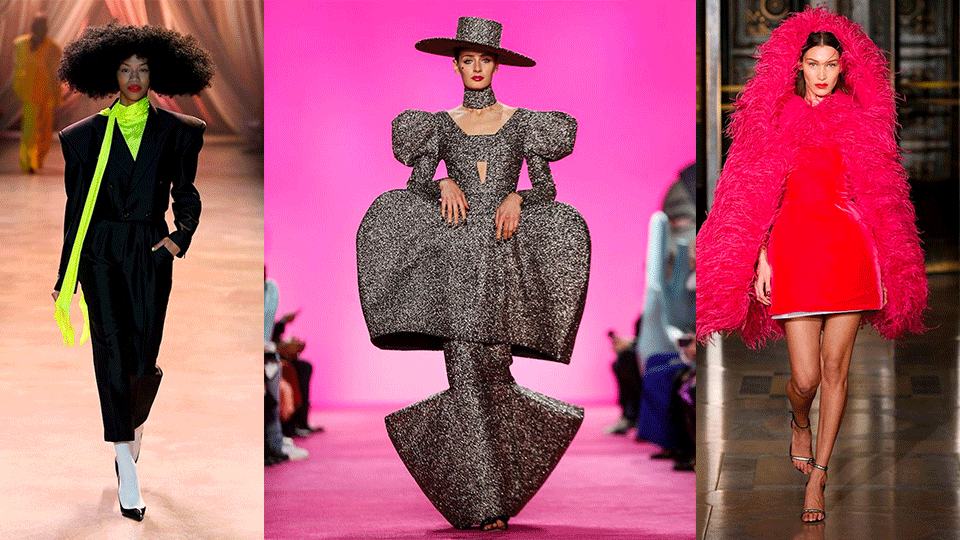- À New Wave to Fashion, À New Way of Living. Download Now on iOS Android Canada SS22
- hello@alahausse.ca
The newcomers of VR and Digital NFT Fashion Technology

Taoism Alignment with our #HAUSSEPEOPLE Manifesto
August 10, 2021
Brand Spotlight: Lingerie Brand Neiwai Faces Rapid Growth With Their Diversity Campaign
August 11, 2021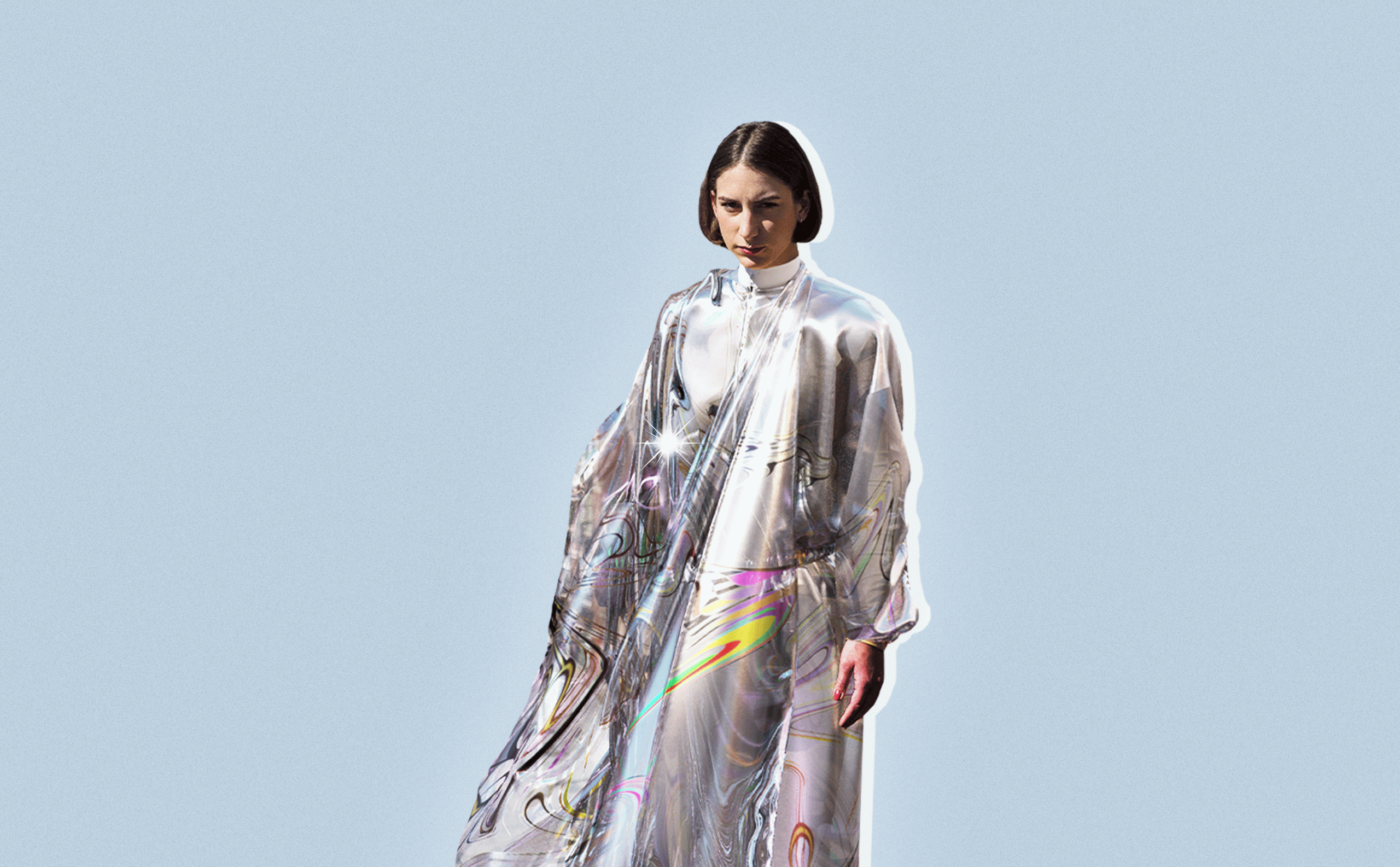
Written by: Zeinab Magdi
NFTs and virtual fashion technology have made a remarkable impression on the fashion world, with many designers calling 2021 “the NFT gold rush” fashion brands have been creating and selling NFTs to get in on this extremely profitable, new industry. Digital jackets are being sold for over $100,00 and digital sneakers are being sold for up to $10,000 a pair. Not even the coveted Dior Air Sneaker retailed for that much, despite the fact that you could wear them on your feet. Digital clothing has been rising in popularity with designer brands partnering with fortnite and GTA to have exclusive ‘skins’ for their characters. In March of this year, American digital artist Beeple sold his digital collage for $69 million, proving that NFT’s have a huge value in the fashion industry and are here to stay.
What are NFT’s?
The NFT industry is extremely new, the buying and selling of NFT’s has only risen in popularity over the past year, leaving many people wondering, what are NFT’s and why are they gaining so much popularity and profit? NFT stands for Non Fungible Token, it is a unique, digital asset that represents real world objects such as paintings, music, collages, vidoes, clothing, and more. Unlike other digital tokens such as bitcoin, NFTs are non fungible, meaning that they cannot be replicated. They are being bought and sold online via cryptocurrency, and are encoded with the same software as crypto, operating mostly under the Ethereum blockchain. However, unlike other cryptocurrencies such as bitcoin, NFTs are a “one of a kind” trading card, meaning if you trade an NFT, you would have something completely different to what you traded. NFTs generate profit because they have unique identifying codes, they cannot be replicated. In contrast to other digital creations, such as videos and memes that are circulated everywhere and are accessible to all, NFTs are valuable because the supply is low and the demand is high. The exclusivity of NFTs is what drives the profit.
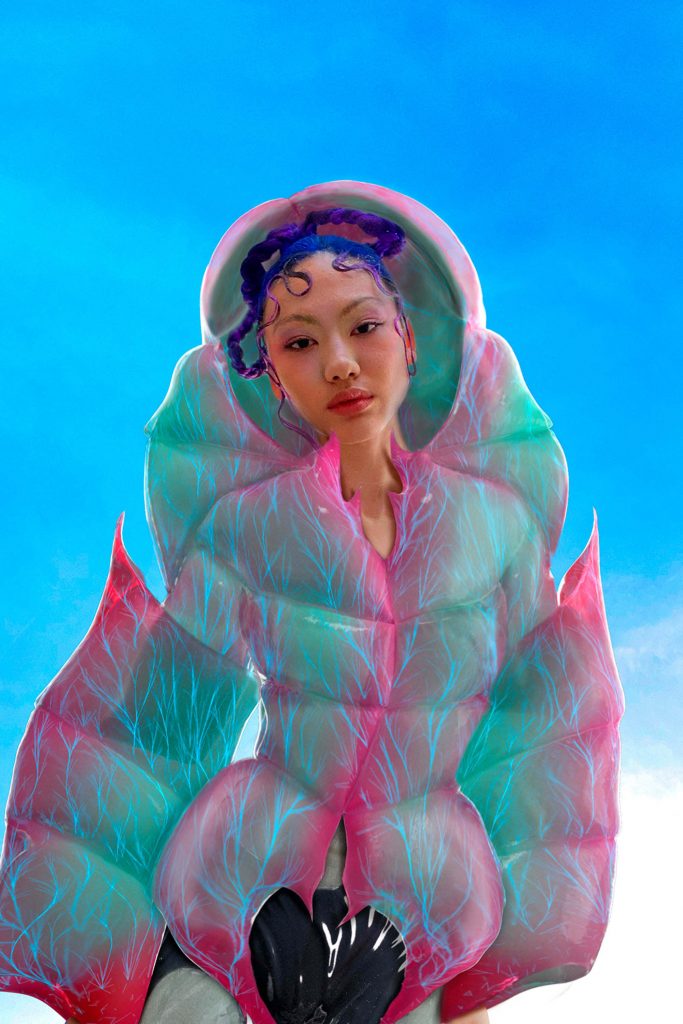
How do NFTs and virtual clothing fit into the fashion industry?
The Covid-19 pandemic has changed consumer behaviour over the past year. Up until recently, people did not leave their house unless it was for necessities, and there was no reason for them to dress for any occasion. This is where digital fashion comes in, fashion brands saw the potential profit in creating virtual clothing as the physical and digital worlds collided even more over the past few years. NFTs made their first splash in the fashion industry in 2019, when a digital clothing designer, a creator of a few of the most popular Instagram filters, and the creator of the most popular game in the cryptocurrency world, banded together to create the first ever digital dress. The dress sold for $9500 at the Ethereal Summit in New York. The idea of the dress, which only exists on the blockchain, is that it can be used as a personalized filter that only the owner can use on Instagram and other social media websites. The owner cannot physically put on the dress, but the dress will appear to be on their body using the filter.
This idea is not a completely foreign concept, there have been many examples of virtual reality mixing in with the fashion industry in the recent years.
Virtual Fittings
This concept has greatly benefitted the beauty industry, almost every top makeup brand has released their own Instagram, Snapchat, and in – app filters to try on the makeup before purchasing. The idea is also being integrated into the shoe industry, with startup company Wanna Kicks creating a virtual catalogue for shoe fittings, which include shoes by top brands such as Nike, Adidas, Puma, as well as collections by the retail leaders GOAT. Consumers will now be able to try on these shoes virtually before purchasing them. In addition, this technology is also now being used by almost every top eyewear and jewelry company.
Virtual reality gaming companies such as Fortnite and Animal Crossing have developed digital clothing or ‘skins’ for their avatars in collaboration with fashion brands. Animal Crossing recently had its first virtual fashion show where the avatars dressed up in clothing inspired by Loewe and Prada, and Fortnite collaborated with Carling’s to create a streetwear collection for their avatars as well.
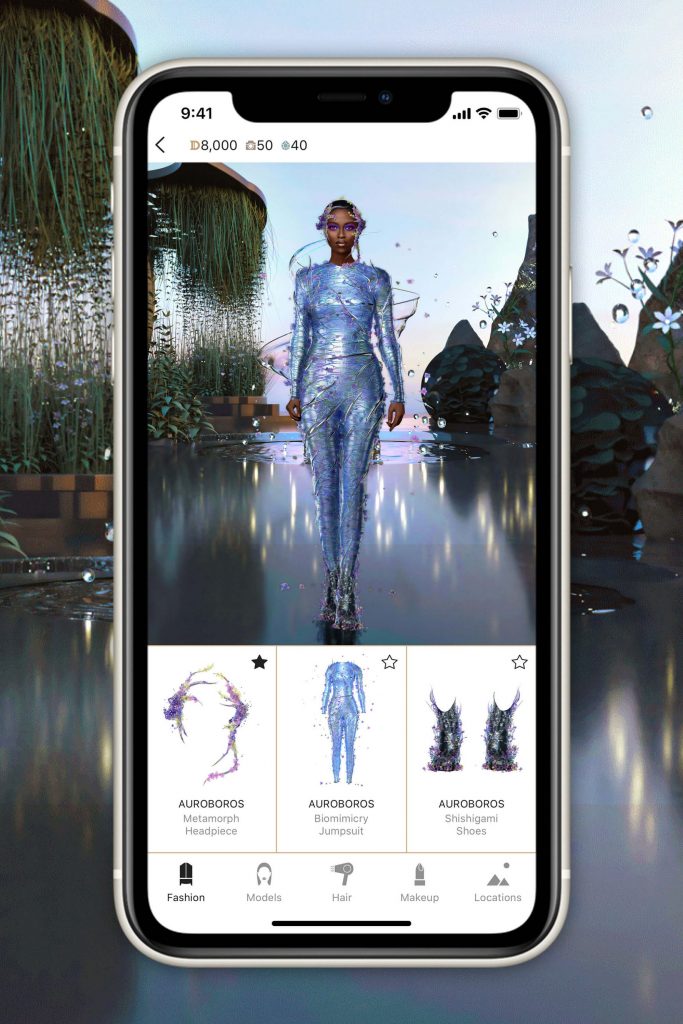
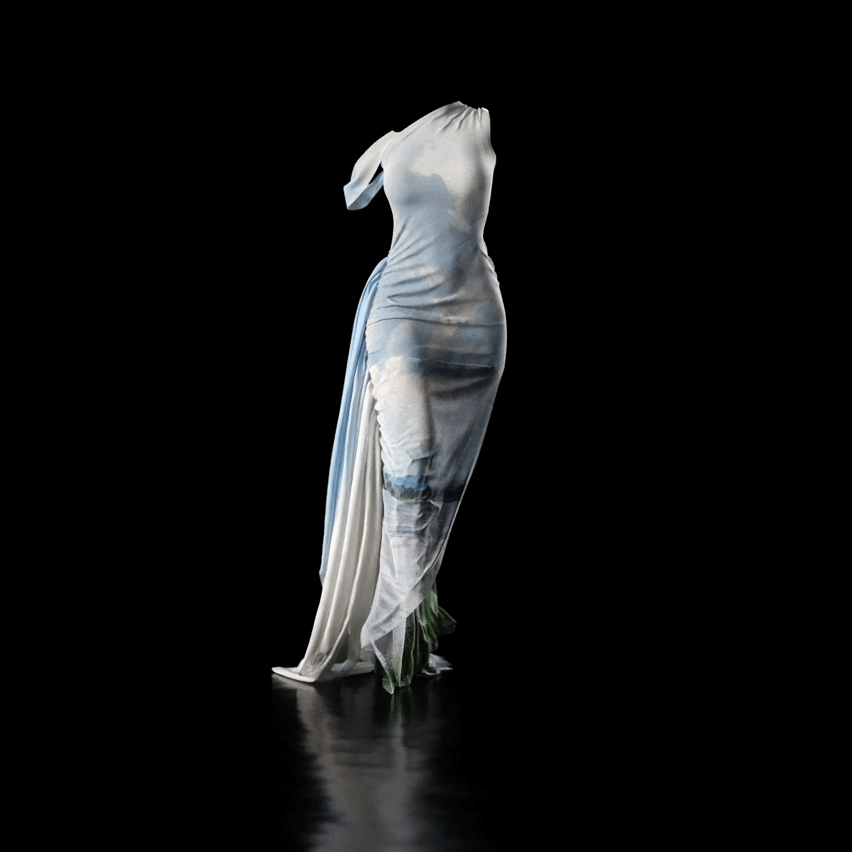
Virtual Fashion Shows
This concept has been around since 2017, but there have been more and more approaches to this technology ever since. Brands such as Prada and Malan Breton created virtual fashion shows when people could no longer attend shows in real life during the pandemic. They have quickly become an additional tool to the development and showcasing of digital clothing.
Semi Digital Clothing
Before clothing became fully virtual, there were several approaches to the concept of semi digital clothing. First, popular streetwear brand Vetements created a hoodie that can be activated through an app, ‘bringing to life’ a cartoon printed on the hoodie. Then, the Scandanavian brand Carling’s created a plain white t-shirt, which can be embellished with twenty different designs and prints using Instagram filters. These filters are only available to those who bought the shirt. This concept got so popular that even the company Pepsi created its first limited edition digital clothing merch in 2020.
The Environmental benefits of digital fashion
The physical fashion industry is projected to be responsible for a quarter of the earth’s carbon budget by 2050 if nothing is changed, digital fashion can be a solution to this problem, decreasing the amount of natural resources that is used within the industry. Digitizing fashion also has a unique potential in tackling issues such as overproduction, Jules Dagnot, a professor at the University for the creative arts says,
“Digital fashion has three applications: virtual fashion, e-commerce, and the digitalization of production. When sustainability and digital fashion go hand-in-hand, everyone wins. For the brands, it’s faster to produce and you’re producing garments only when a customer needs it. It’s also better for the environment”
According to Unenvironment, the fashion industry contributes to 10% of global gas emissions and 20% of wastewater. Wastewater is water contaminated by human use, such as sewage. If digital fashion becomes more mainstream, this could potentially decrease wastewater and natural resources globally, increasing sustainability, a cause that Generation Z and millennials are both passionate about, worldwide.
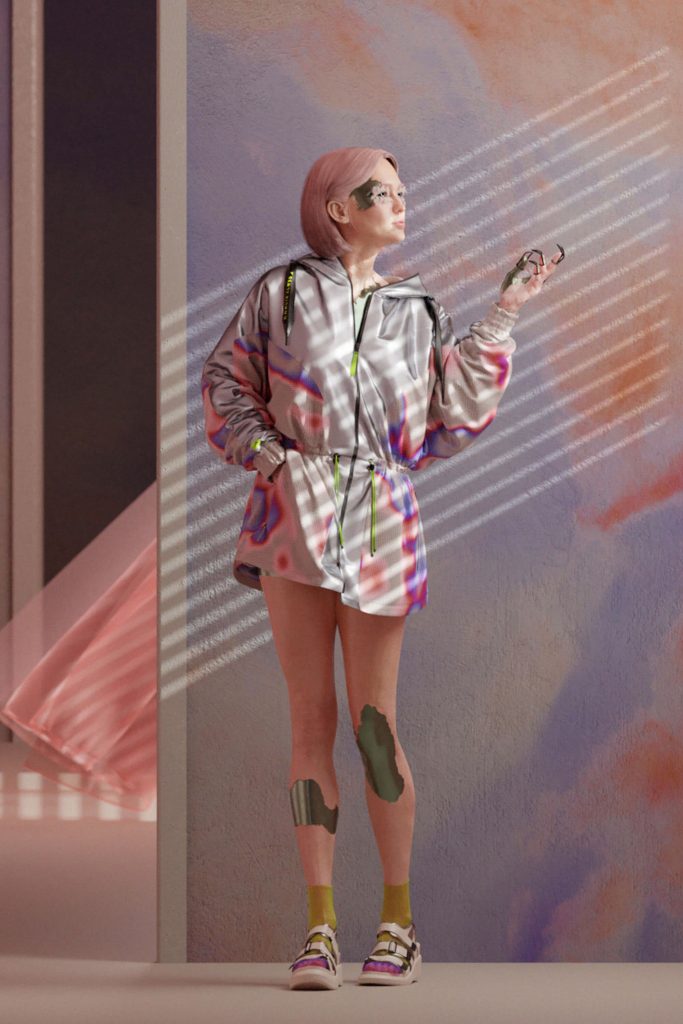
The Verdict: the future of Digital NFT Fashion Technology
NFTs have made their mark on the fashion industry, showing they have potential for both profit and sustainability. Brands now need to pay attention to virtual fashion, as creating digital fashion is considered an important skill and asset to the industry, one that many people do not yet have. The University for the Creative Arts announced the launch of their first ‘digital only’ fashion course earlier this year. As most digital fashion designers are self taught, there is an increasing demand for more designers who are skilled in digital fashion. Currently, what is keeping brands and companies from producing more and more NFTs is a talent gap. Once that gap starts to close, NFTs will become more mainstream and accessible. It will be extremely exciting to see the future of NFTs over the next few years, as most people who understand this concept being Gen Z and millennials, there is a massive potential for growth within the fashion industry.
Via ÀLA.HAUSSE‘s Multi-functional and Multi-purposeful Fashion Ecosystem- BUY/SELL/RENT/LEND/ (swap BETA 2021) mobile application, INDIVIDUALS & brands (BETA 2021) are encouraged to REBUY, RESELL, REUSE and UP-CYCLE their personal “Closets” aka Clothing Assets, along with overstock inventory and samples. Through this consumerism habit shift we indirectly slow down the urgency on fashion’s carbon footprint, aiding sustainability as a whole.
BETA Early Access Application Now Opens SS21 iOS Android
with Stories on www.alahausse.ca
#ALAHAUSSE #WEARYOURPURPOSE #HAUSSEPEOPLE
References
- https://www.refinery29.com/en-ca/2021/04/10437089/digital-fashion-environment-meaning
- https://www.forbes.com/sites/cathyhackl/2020/06/08/why-virtual-dresses–augmented-fashion-are-a-new-profitable-frontier-for-brands/?sh=3fd9996762c8
- https://ffface.me/en_blog/digital-fashion-manifest-how-ar-and-vr-change-the-fashion-2020
- https://www.forbes.com/advisor/investing/nft-non-fungible-token/



